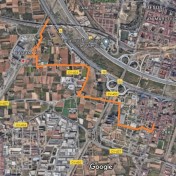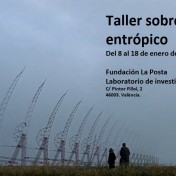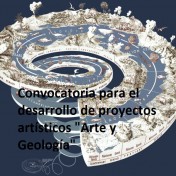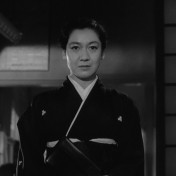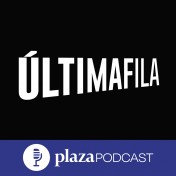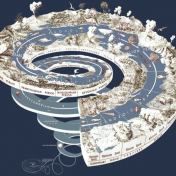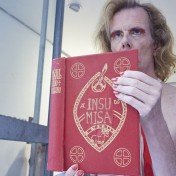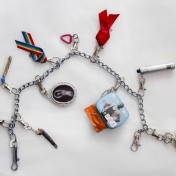The section of the old channel of the Turia River included between the Parque de Cabecera and the place where the bifurcation of the new channel occurs, is like an enclave, crossed by the boundaries of municipal areas (those of València, Mislata, Quart de Poblet and Paterna). A difficult territory to read. It seems like a zone of opportunities, for whoever can take them.
The straight line
Routes
Following a straight line on a landscape reconnaissance walk is a strategy that has many advantages.
Faitanar – Sociopolis – La Torre
Routes
(VAL) El recorregut Faitanar – Sociopolis – La Torre, inicialment pensat com una línia recta, encara que ateses les condicions del terreny, en particular el traçat de camins i carreteres seguint el parcel·lari configurat per a usos agrícoles, va obligar a anar adaptant-se a la realitat practicable, és el recorregut on trobem el paisatge més entròpic de tots els que ens vam trovar durant les jornades de visita de camp del taller. Es tracta de l'alqueria sota la gegantina infraestructura de l'accés de l'AVE a la ciutat, a l'estació de Joaquín Sorolla, localitzada en un punt molt proper a l'estació de metro de València Sud.
Workshop on entropic landscape
Conferences
Workshop on Entropic or Dialectical Landscape Registration period opens
Nothing is what it seems. Cinema and its formats
Texts
(VAL) ˂VHS/VOD/TikTok/Cine˃ El cinema i els seus formats, exposició de cinema expandit comissariada per Aitor de Maenza i Guillem Cervera, inclou els audiovisuals següents:
A history of cinephilia from VHS to Twitch. Culturplaza Podcast
Screening
ULTIMA FILA, The Culturplaza and Plaza Podcast film program published the podcast on September 22 with the chronicle of the film exhibition ˂VHS/VOD/TikTok/Cine˃ Cinema and its formats (in La Posta from September 15 to October 14), which includes an interview with the curator Aitor de Maenza.
Call for the development of an artistic project: Art and Geology
Publications
La Posta Foundation – Image research laboratory, has always paid special attention to artistic projects that put the focus on the territory and the landscape. Sometimes the most immediate territory (the Carmen neighborhood itself) and other times with a broader perspective. Sometimes with a more anthropological content and other times focusing attention on the landscapes.
InsuMisa [disobedient]
Screening
On June 29, 2023, in order to commemorate the Stonewall Inn Revolt that took place on June 28, 1969 in New York, and which represents the birth of the LGTBQI+ movement, a participatory choral ceremony in three parts took place at the La Posta Foundation, in Plaza de la Santa Cruz and in the nearby streets in Valencia:
“Morbo Queer / InsuMisa” by Anna Maria Staiano and Graham Bell Tornado: between Eros and Thanatos
Texts
Like the rustling of the old leaves in a cemetery, this is how our soul sounds when it is pushed by an unhealthy love into the still empty hole. After that nothing will be the same again, and our youth will be over without having had a chance to begin. We will only be able to make an ex-voto imagining what could have been, so as not to end up losing hope definitively. Eugen Ehrlich



